Hey, Doggy Dan here. I hear people say things like “you can’t teach an old dog new tricks” all the time. Just because you hear something time and time again doesn’t make it true…because you CAN teach an old dog new tricks!
As a dog trainer, I want you to be armed with all the knowledge you need to effectively train your dog.
But common misconceptions can hinder that very training you’re trying to do, and in some cases even damage your relationship with your dog.
I want to set the record straight by tackling some of the most common dog training myths so that you have all the information you need to help your dog become a loyal listener.
MYTH: Treat training is all I need to incentivise my dog to listen.
FACT: Treats can be used as a tool, but shouldn’t be the main motivation behind your training.
When you offer your dog treats or other rewards for desired behaviours, you’re reinforcing to them that they will receive a nice little yummy treat when they listen.
What’s so wrong about that?
Well…there’s certainly nothing wrong with using treats to help with training, but I caution against using it as the SOLE METHOD for getting your dog to listen.
Because it’s simply not a long-term solution.
If a dog is trained to respond to treats, it’s likely they will ONLY listen when those rewards are readily available.
What happens when you arrive at the dog park only to find that you forgot your pup’s precious treats? They’ll probably be more likely to run off and misbehave because they have NO INCENTIVE to listen.
When you’re trying to get your dog to listen to you, it all starts with a healthy relationship.
And a rock-solid relationship starts when you earn the trust of your dog. Then they’ll look to you for direction and not just for treats.
As the doggy parent, you need to become the pack leader that your dog looks up to and respects you. Many behavioural issues start when the dog believes that they are the leader or that it’s their responsibility to protect you.
Establishing a relationship built on trust and communication is the foundation to a positive training experience, and you need more than treats to do this.
I’ve tackled this very concept in a recent blog about positive reinforcement. Check it out to learn more about training with treats and how it can be an obstacle to achieving your training goals.
MYTH: Basic command training (sit, stay, come, etc.) is enough for my dog to know.
FACT: Basic command training doesn’t build enough of a relationship with your pup to get them to listen when it truly matters.
Dog obedience is so much more than getting your dog to “sit” or “stay.”
It’s knowing that your dog will turn to you for guidance and follow your lead in ANY SITUATION.
Whether that be when other dogs or children are present…or when a new smell stimulates their senses…
It’s important you can trust that your dog will listen and come to you when called.
If you don’t build a solid relationship with your dog, they will think that they’re in charge…
…and when they think they’re in charge, you’ve lost control.
Here’s a little scenario for you.
Your dog notices a new smell. That’s not uncommon, because we know how powerful a dog’s sense of smell can be. If you haven’t established a relationship where your dog understands where they are within your familial hierarchy, they will most certainly run off to investigate that smell.
If you’re near a busy street, they could run into traffic or if you’re out on a hike they could run off into the wilderness. When they don’t think they have to (or don’t know how to) listen to you, no amount of yelling or treats will entice them to come back to you.
And they could find themselves in a potentially dangerous situation.
However, when you’ve established a strong relationship, your dog will listen to you regardless of outside stimuli…like a new smell.
Commands like “sit,” “stay,” and “come” are great for your dog to know. But your training shouldn’t end there.
I’ve written about how your relationship with your dog can improve obedience in a recent blog post. Check it out now.
MYTH: CBD Oil is the ultimate fix to getting my dog to settle down and listen.
FACT: CBD Oil is an AID that can be used in the process of training your dog, not the only method.
So you have a feisty dog on your hands? I know how difficult it can be to get an unruly pup to settle down.
And CBD Oil can be a WONDERFUL training aid, but it shouldn’t be your only solution.
After all, it only works while your dog is under the influence of CBD Oil. As soon as it wears off, you’re right back to square one.
And it’s not a cure for dogs with naughty, anxiety-driven behaviour.
However, it CAN help your dog while you’re conducting your training and building your relationship. And, of course, it’s been linked to other health issues like achy joints or arthritis. So, if your dog is struggling to get around, it’s always a good idea to talk to your vet about using CBD oil!
And there is one product I recommend…
Doggy Dan’s ‘Angel Oil’ CBD dog treats.
Since it’s my product, I know it’s made from the purest ingredients making it the highest-quality CBD product out there.
**One thing I want to note is that there is ZERO THC in CBD oil supplements, so you can rest assured that your dog will not experience a “high” when he or she ingests the products.**
Learn more about Doggy Dan’s ‘Angel Oil’ dog treats now.
MYTH: Dominance over my dog must be established with physical force just like dogs in the wild fight each other to determine their hierarchy within the pack.
FACT: You should never use forceful or harmful tactics to train your dog.
I am a strong believer in using kind and gentle training methods to train your dog. Creating a positive environment where your dog can learn and thrive helps strengthen your relationship while establishing your role as the pack leader.
When you start using fear-based training methods or introducing tools like a shock collar, you are not only inflicting pain, you are also damaging your relationship with your dog.
When your dog learns to fear you, the trust between you is broken. This can cause your dog to experience a great deal of stress and even lash out aggressively.
Then what happens when you aren’t around to punish your dog? Their perceived “threat” is gone and their naughty behaviour will reappear. That’s why forceful training tactics won’t work in the long run.
Because when you aren’t there or the “tool” you use isn’t available, everything you thought you taught your dog goes out the window.
Learn more about why I discourage forceful, fear-based training.
Helping you understand your dog and vice-versa is so important to me, because once you speak to your dog in a way they can understand, you can win their mind and get them to behave no matter what is going on around you.
Being kind and gentle lays the groundwork for a healthy, positive, and fun friendship that will stand the test of time.
MYTH: Dog training is a short-term commitment. Once my dog is listening, it’s ok to stop training.
FACT: Dog training is a lifelong practice that helps you continually build a healthy relationship with your pup. There is no end date.
Training your dog isn’t a one-and-done type of interaction…
It’s something that needs to be cultivated and reinforced over time.
When you become a parent, you take on that title for a lifetime. You’re continuously working on your relationship and teaching your children new skills as they grow.
The same is true when you become a pet parent. The things you teach them need to be reinforced time and time again. You can’t just train your dog for a month and then, like a magic wand, your dog is fixed. You must keep working together and showing them that you’re the one in charge.
Dogs are animals and are driven by their primal brains, so we need to continue offering them good leadership, guidance, consistency, boundaries and a whole lot of love and patience.
It’s not something that you can turn on and off.
Owning a dog is a way of life, and that needs to include continuous training and consistency in your communication and commands.
Never stop learning and growing together!
I hope I’ve opened your eyes to some misconceptions about dog training today.
If you want to learn more about my Dog Calming Code™ program, click here.
~ Doggy Dan


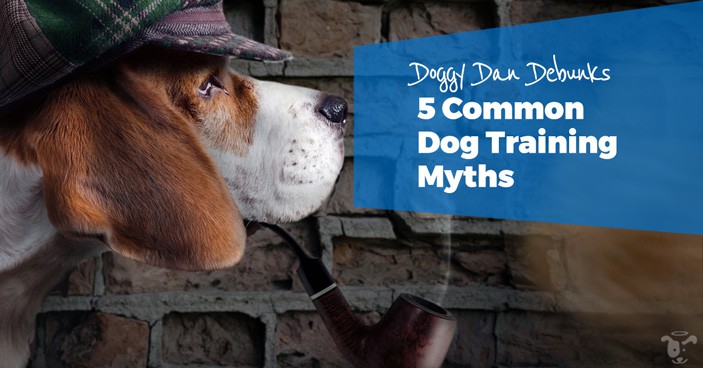
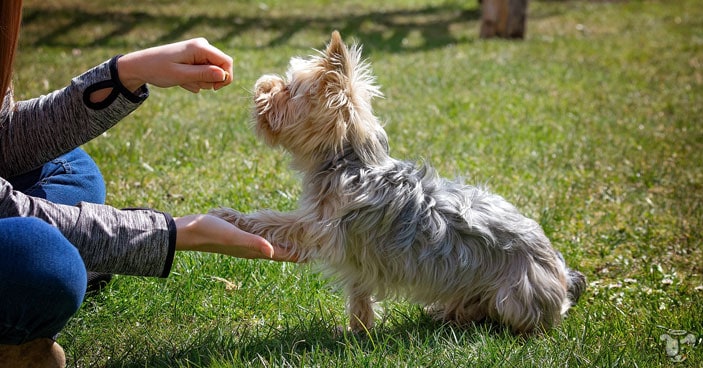

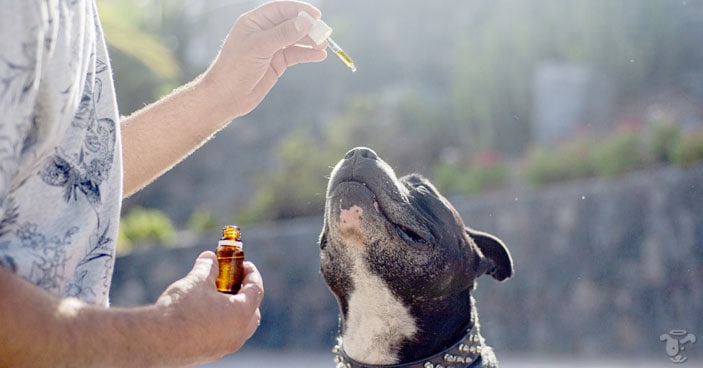
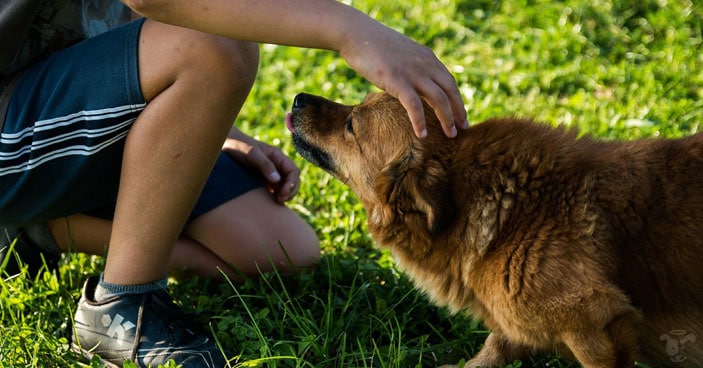
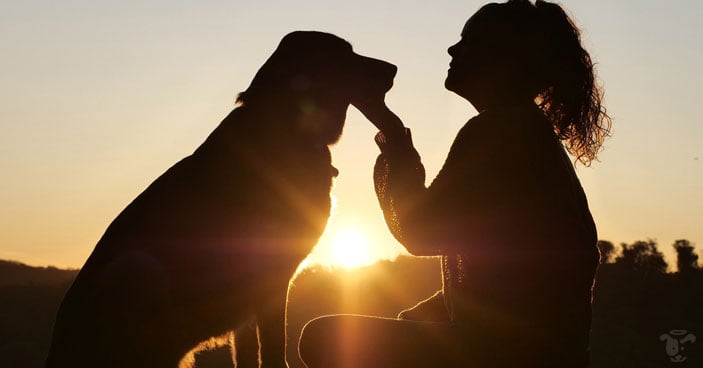






2 Responses
Great help. New pup making more understandable for ME!!!
Opinion on electric fence I have large yard by busy street and pedestrians
Thanks for your feedback Holly!
Young dogs often need time to develop impulse control and during this time it’s really important to ensure they are safe, just in case their impulses lead them into harm’s way. I have seen many dogs who have managed to outsmart electric fences and so I prefer to have a more solid structure in place. It may be really impractical to fence your entire yard but it may be possible to construct a smaller space for your dog to remain in when they are outside unsupervised….just to help keep them safe. Working on recall will also help teach your dog where your property boundary is, but consistency is key here so when outside in an open space they would need to be supervised. All the Best, Doggy Dan